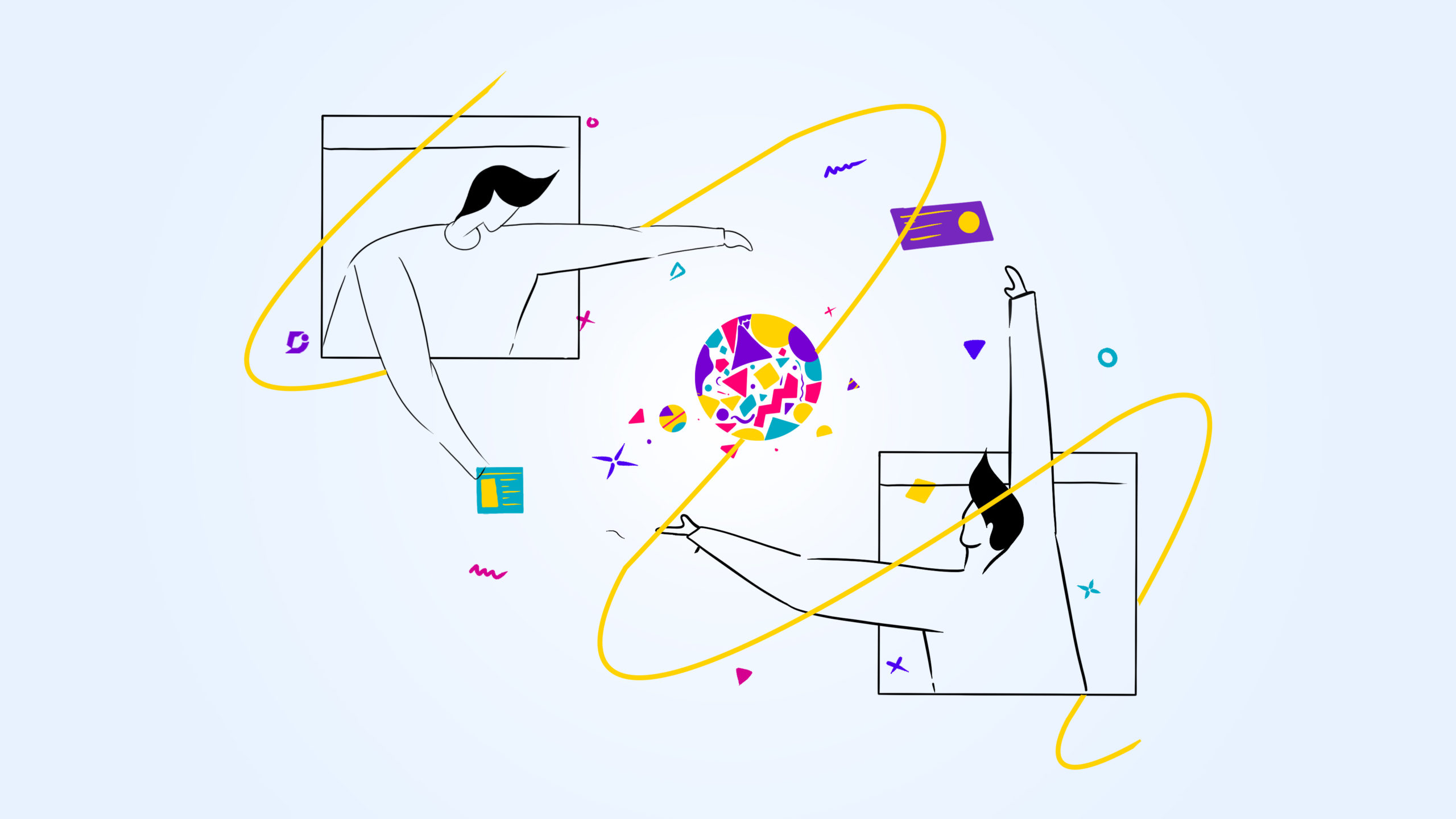One-on-one support integrated with self-service support is the ultimate goal for most SaaS companies. They should work together to provide holistic customer support experience.
Self-service has been around for a long time. In fact, it began with the first Piggly Wiggly in 1917. Self-service simply means that a customer can directly interact with your company. It’s any interaction by a customer that doesn’t involve a person in real-time.
There are many benefits to having a self-service support strategy. However, successful SaaS companies recognise that one-on-one support is not only still unavoidable – but also desirable.
Why customers expect self-service support
Customers now expect both convenience and speed, which self-service represents in abundance. Partly as a result of this trend, self-service support is becoming increasingly fashionable as a cost-saving measure for companies.
Do you know? 67% of your customers prefer self-service over speaking to a representative.
Get started today
“Self-service offers companies a tantalizing opportunity to reduce spending, often drastically. The cost of a do-it-yourself transaction is measured in pennies, while the average cost of a live service interaction (phone, e-mail, or web chat) is more than $7 for a B2C company and more than $13 for a B2B company.”
But that’s not an excuse to fob your customers off with a knowledge base software and nothing else – although many companies fall into this trap. As the complexity of your customer’s problem grows, then it’s all the more important that a well-trained agent can easily intervene.
Nothing can replace personal customer service. The key is to save those moments for when you really need them.
It’s all to do with the promise your company has made to offer a certain service for your customer. If you fail to deliver, customers become enraged. Don’t expect customers to do something that your company has to do by its nature.
How SaaS companies should approach support
SaaS companies need to combine self-service and one-on-one support with even more urgency than other companies. You need to build an ongoing relationship with your customers, and with the low-touch sales model, it’s just not possible to have a dedicated account manager for each customer.
For many SaaS customers, self-service support is not just limited to the purchase phase of interacting with your product. You have an open-ended subscription relationship with your customer, and self-service support is required in all stages of the customer lifecycle.
A knowledge base is a positive way to provide support for your customers 24/7. It minimizes the need to have the availability of a support representative. Your knowledge base is like those small, seemingly insignificant interactions you have with someone that build up loyalty and affection over time.
Nevertheless, your support agents should still be escalating issues that signal a problem with your software or a failing in your service. You must ensure customers don’t deal with these kinds of issues indefinitely.
Your company knowledge base should automate the routine and necessary tasks so that your company can scale.
Automation is key to scaling
Self-service support is important for SaaS companies because scaling is key to growth and profitability. You can serve more customers if you don’t need to involve a human being at every stage. Having a knowledge base solution is a key part of automating your subscription strategy.
With subscription software, your potential customer base is theoretically limitless. Your customers may be located all over the world. That means they will be in different time zones, have different expectations, and want different things from your product.
At any moment in your relationship, a customer is likely to need help or even to educate about a particular aspect of your product. A software company cannot design so intuitively that it never needs any help content. This is a classic case for complex software with many use cases.
How to cut down your customer support cost by 60% or less.
Request a demo
You can’t answer every query a customer may have, not least because the wait times for your support agents would be enormous. Self-service support should be thought about less like automation and more like empowering your customers to help themselves.
As software slides towards the more technical end of the scale, like Stripe’s payments processing platform or Twilio’s cloud communications platform, a self-service knowledge base becomes even more crucial.
It’s unlikely that any developer will wait for an email, or be put on hold because you don’t have the right documentation. They will be migrating their project elsewhere.
The importance of one-on-one interactions
You need to automate as many parts of your business as possible. However, those key moments of exchange with your customers will always happen. In fact, they are the lifeblood of your company.
How much longer are you likely to remember an interaction with a person than you are with an app? Support agents need to be available when customers really need them, not tied up with simple queries.
Customers will also remember being placed on hold while trying to solve an urgent query. A problem, such as unhappy customers can be turned into a positive resource– IF the resolution is efficient and effective. Your customers will be furious if the wait time is long and then simply directed to a page in your knowledge base tool.
With SaaS, customers are not tied to your software in the same way as they are with on-site installations. If your product or service is not absolutely essential for the customers’ operations, then this is one of the fastest ways to lose customers (churn).
Customers will not wait for you if they can find a better solution elsewhere. If your knowledge base is handling the simpler queries, your support times will drastically lower and improve customer satisfaction.
In the long-term, treat your customer support agents like the highly trained professionals they are so they give great service. Set up clear career progression and motivate them to improve, help customers, and feel invested in the company.
Check how Document360 made onboarding new customers easier for VIEW:
Top tips for combining self-service support and one-on-one support
Here are some tips for combining self-service support and one-on-one support:
- Treat your customer support agents like the highly trained professionals they are. Encourage them to feel invested in the company.
- Build a culture of fantastic customer support throughout the whole company, not just on the front line.
- Involve all your support agents in the generation of ideas and development of your knowledge base so they feel invested in it.
- Ask your support agents to mention your knowledge base every time they interact with your customers to raise awareness.
- Show customers that real people are still there to help by including pictures of your support team on your knowledge base homepage.
- Consider setting up an automated responder linking to your internal knowledge base for customers emailing your support team.
- Embed contextual help within your app so customers can find self-service content in real-time when they need it.
- Be open about the fact if you use bots to talk to your customers. Discourage your human agents from talking like bots.
- Create multiple detailed use cases and customer journeys for your self-service support content to tailor it more effectively.
- Create your knowledge base with Information Architecture so customers can browse content.
- Use language that portrays your content as intended to supplement your app, rather than a sign something has gone wrong.
Did you find the above tips useful? Is there something you would like to add?
Let us know below by dropping a comment.
To create the perfect self-service knowledge base, you need specialized software with appropriate features. Our own knowledge base software Document360 is designed for SaaS companies at any stage of their growth journey.



 –
– 

